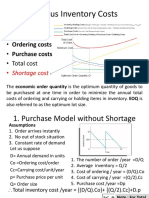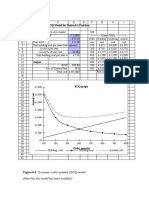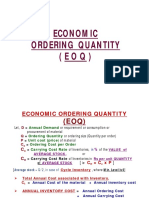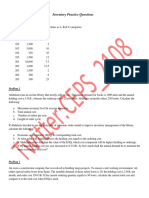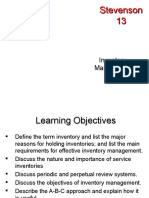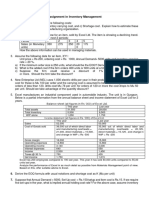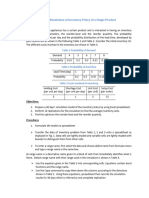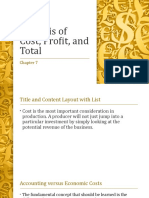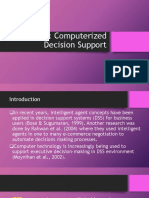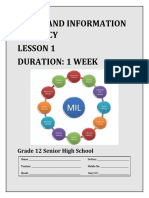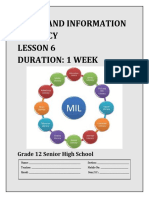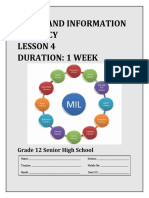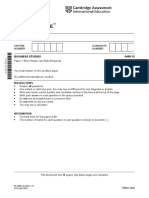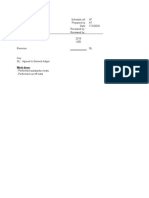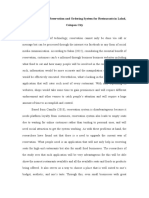0% found this document useful (0 votes)
64 views10 pages"What If" Analysis and Financial Modelling: Theory/Practical
This document discusses using MS-Excel to model purchasing decisions when vendors offer discounted prices for large quantities. It provides an example where the annual usage is 100 units, regular price is $50, ordering cost is $25, and holding cost is $0.35. It calculates the economic order quantity and compares the total costs of purchasing at the regular price versus a discounted price of $48. The assignment is to use goal seeking to find the discounted price that results in a total cost of $48,000 and costs for discounts of $47 and $46.
Uploaded by
Ver Dnad JacobeCopyright
© © All Rights Reserved
We take content rights seriously. If you suspect this is your content, claim it here.
Available Formats
Download as PPTX, PDF, TXT or read online on Scribd
0% found this document useful (0 votes)
64 views10 pages"What If" Analysis and Financial Modelling: Theory/Practical
This document discusses using MS-Excel to model purchasing decisions when vendors offer discounted prices for large quantities. It provides an example where the annual usage is 100 units, regular price is $50, ordering cost is $25, and holding cost is $0.35. It calculates the economic order quantity and compares the total costs of purchasing at the regular price versus a discounted price of $48. The assignment is to use goal seeking to find the discounted price that results in a total cost of $48,000 and costs for discounts of $47 and $46.
Uploaded by
Ver Dnad JacobeCopyright
© © All Rights Reserved
We take content rights seriously. If you suspect this is your content, claim it here.
Available Formats
Download as PPTX, PDF, TXT or read online on Scribd
/ 10







